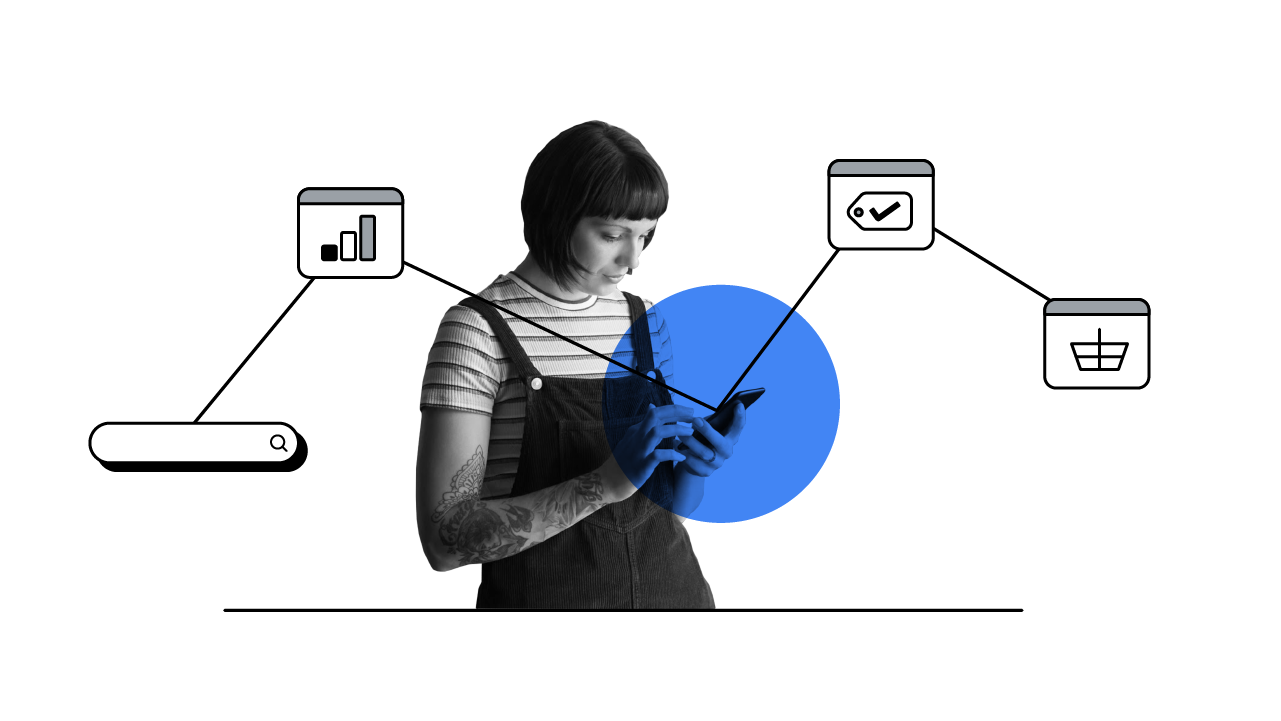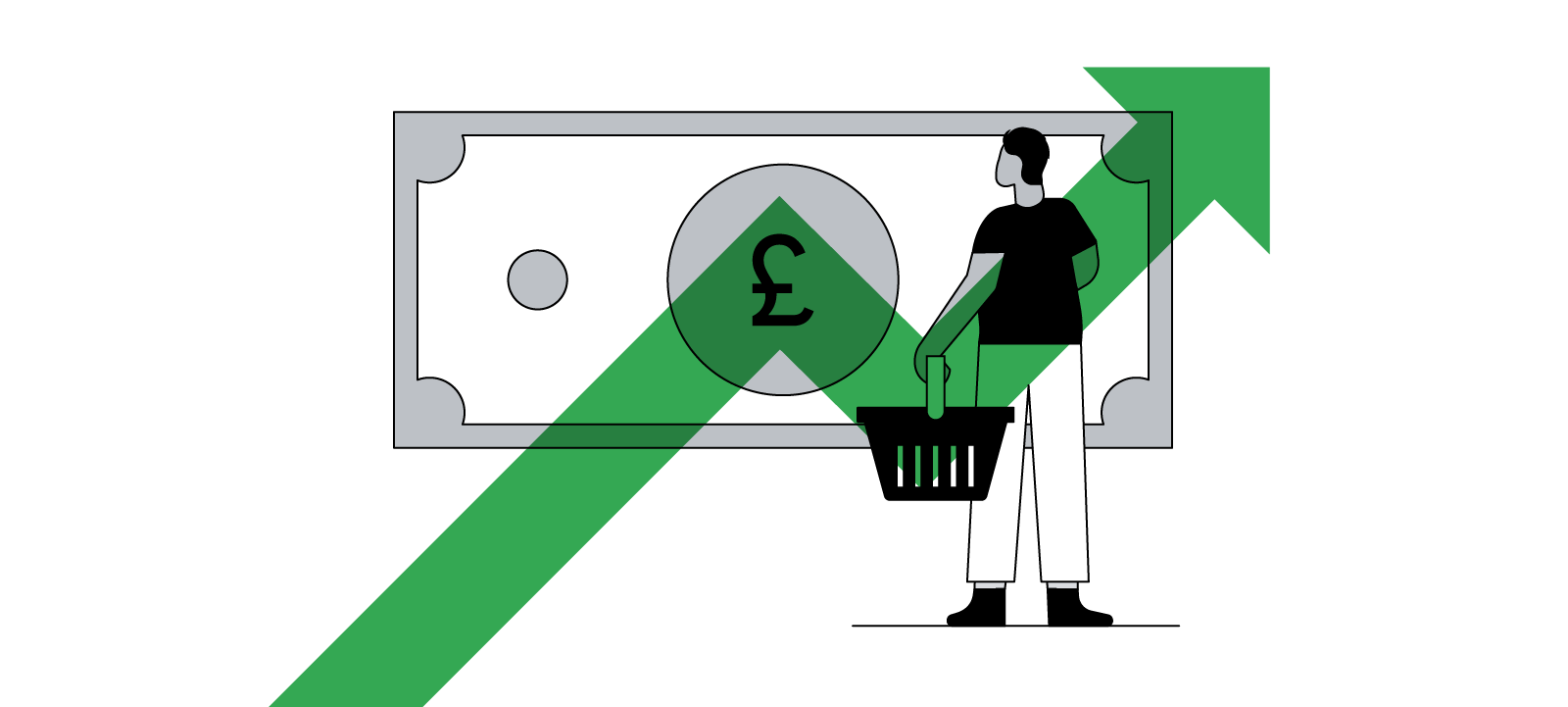Digital experiences in retail have seen rapid growth in the last few years, with the amount of channel-agnostic shoppers increasing from 65% to 73% since last year.1 Due to the global pandemic, this trend accelerated in 2020. With lockdown restrictions put in place around the world, retail apps in particular saw an increase in time spent within mobile apps by 20%. As a result, many companies shifted the services their apps offered.
However, apps are rarely recognised as profit drivers in their own right. Though as people’s time spent in an app increases, overall sales — online and in-store — increases too. As apps are becoming an even more important part of the channel-mix for retailers in this digital world, it’s important to understand the ways in which it can help you help your customers in new ways and drive growth for your business. Especially in a time of uncertainty and social distancing.
When we look towards economic recovery post-COVID, 30%2 of consumers believe shopping experiences will never go back to the way they were. This makes it more important than ever for retailers to capture this new app growth opportunity. This can be done by shifting app strategy to substitute or augment traditional channels, or by creating an entirely new experience and functionality, as apps will no longer serve as solely a browsing platform.
Substitute: Increase customer satisfaction and discover new behavioural trends
Traditionally, retailers relied on in-store returns, phone calls, and emails to address customer complaints. This often resulted in long queues or wait times, causing negative sentiment amongst consumers. While there has been an increase in live chats on websites, solving a customer service issue through your mobile app can be even more efficient.
Using your app to interact with customers will also allow you to aggregate customer data and spot trends more quickly. A McKinsey study shows that through machine learning and tracking of activity on an app, companies can predict which issues their clients are most likely to face, reducing the need for lengthy interactions.
Heightened by the increase in digital adoption due to COVID-19, it’s more important than ever to understand and action customer care through this lens. Using your mobile app to interact with customers will not only help you serve them better and increase customer satisfaction, but it will also allow you to to understand behavioural trends through collected data to decrease customer service costs.
Augment: Reduce physical wait times and manage order volumes more efficiently
With social distancing and safety at the forefront of all retail operations at the moment, some companies have successfully used their app to decrease the need for in-store interactions. Take for example Joe & the Juice. The Danish-founded global coffee and juice bar chain has turned its mobile app into a safe touchpoint and a loyalty mechanism during lockdown.
In March, the company updated its app and description on the App Store to include contactless ordering, signalling their commitment to customer safety. App downloads saw an increase of 60% in the same month, compared to an increase of 8% for the same time in 2019.
While changes like these may seem insignificant, such features can lower interactions between employees and customers. It can also help retailers estimate order volumes better and increase or decrease labour force as needed. Other features, such as sending instant notifications when a customer is next in the queue, or allowing them to reserve a product ahead of time, can help manage queues — and aid social distancing — as well.
Innovate: Add new mobile app features to help consumers
Studies show that app customers are more loyal. They spend 37% more than non-app customers with the same retailer, buy 33% more frequently, and buy 34% more items. Innovative features that help consumers can bring them back to your app again and again.
Nike recently enhanced its app by adding creative services, such as foot scanning technology. This tool helps customers find the right shoe from the comfort of their home. The feature decreases potential returns, saving retailers money, and allows them to re-allocate employee time to other areas of the business.
And supermarkets are using scan, pay, and go technology. This allows customers who have their app installed to scan items as they are picked up, pay via the app, and leave the store without ever interacting with an employee.
Continue to use your mobile app as a helpful tool
In the current environment, apps can help consumers who may be weary of returning to the traditional shopping experiences from pre-COVID. You can use your app as an extension of your physical location, to decrease time spent in store and increase customer touchpoints. Or you can make your mobile app a separate value-add channel, providing additional features for customers with new technology such as the scanning tool used in supermarkets.
Whether it’s the ability to receive instant stock updates or get immediate assistance through your app, building features that help consumers will drive efficiencies across the business. And this will in turn grow your profit margins — even when there are safety and social distancing restrictions in place.






